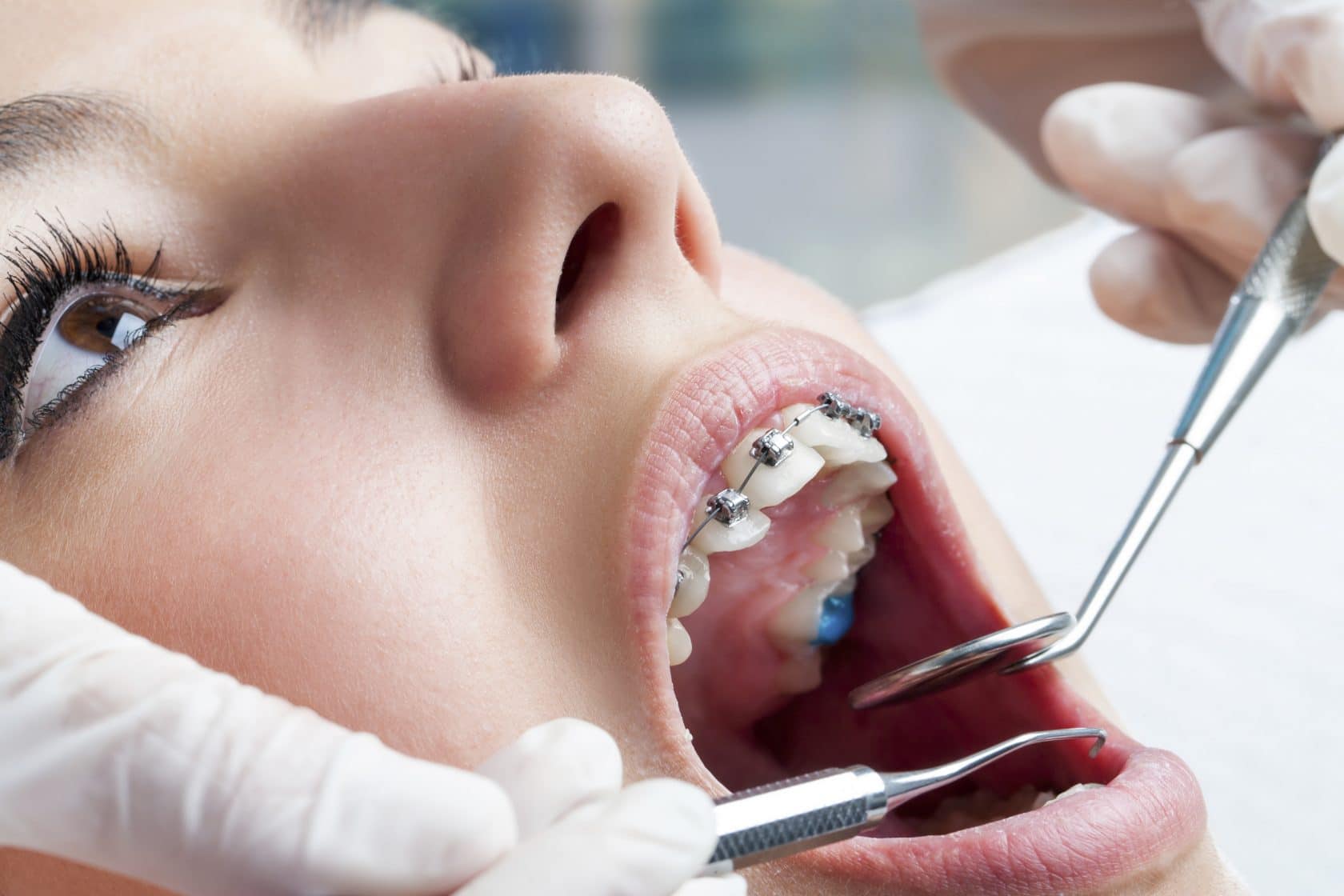Your Overview to Cumming Invisalign: Straightening Teeth with Style and Comfort
Your Overview to Cumming Invisalign: Straightening Teeth with Style and Comfort
Blog Article
Comprehensive Overview to Orthodontics Treatments for Remedying Dental Imbalances
In the realm of orthodontics, the journey to achieving a completely straightened smile entails a myriad of treatments tailored to remedy dental imbalances. From typical dental braces to undetectable aligners and even medical alternatives, the area of orthodontics offers a variety of options to resolve varying degrees of dental abnormalities. Recognizing the details of each procedure, including their systems, benefits, and potential drawbacks, is crucial in making notified decisions about one's orthodontic treatment. As we navigate with the comprehensive overview to orthodontic procedures for fixing dental misalignments, the complex information of each technique will certainly unravel, dropping light on the path towards a functional and unified oral alignment.
Orthodontic Procedures Review

Routine adjustments and tracking are essential components of orthodontic treatment to guarantee development is on track and to make any kind of needed modifications along the means. By undertaking orthodontic treatments, people can not only accomplish a straighter smile but additionally boost their overall dental health and feature.
Traditional Braces: Just How They Work
When thinking about orthodontic treatments for dental imbalances, conventional braces stand out as a time-tested approach for remedying teeth positioning. Traditional dental braces are composed of brackets, cables, and bands that work together to apply continual pressure on the teeth, gradually relocating them right into the desired positioning.
As stress is used to the teeth through the braces, the bone surrounding the teeth is improved to support the new tooth positions. Patients will certainly require regular adjustments at the orthodontist's office to make certain the dental braces continue to apply the correct stress for efficient teeth motion.
Unseen Aligners: Pros and Cons
These clear, tailor-made trays are virtually unnoticeable when used, making them an attractive option for individuals looking for a much more aesthetically pleasing orthodontic treatment. People can eliminate the aligners prior to eating or brushing their teeth, lowering the risk of food obtaining stuck in the device and simplifying the cleaning process.

Surgical Orthodontic Options
Surgical interventions in orthodontics existing practical choices for addressing complicated dental misalignments that might not be successfully settled through standard orthodontic therapies. While conventional braces and unseen aligners can fix many orthodontic problems, certain situations call for medical intervention to accomplish optimal results. Surgical orthodontic choices are commonly advised for severe malocclusions, significant jaw disparities, and situations where the underlying bone framework needs modification to achieve appropriate positioning.
One typical surgical orthodontic procedure is orthognathic surgical procedure, which involves repositioning the jaws to fix useful issues such as trouble speaking or eating. This surgery is often done in partnership with an orthodontist who helps align the teeth prior to click and after the treatment. Surgical orthodontics might also entail procedures to reveal influenced teeth, remove excess gum tissue, or reshape the jawbone to create a much more unified face account.
Prior to taking into consideration surgical orthodontic options, individuals undergo an extensive evaluation to determine the necessity and prospective benefits of such treatments. braces. While surgery may seem overwhelming, it can considerably enhance both the function and visual appeals of the smile in instances where traditional orthodontic therapies fail
Retainers and Post-Treatment Care

Post-treatment treatment involves following the orthodontist's guidelines vigilantly. This might include appropriate oral hygiene methods, participating in follow-up appointments, and putting on the retainers as suggested. Failing to follow post-treatment treatment instructions can result in regression, where the teeth gradually relocate back towards their initial settings. Constant retainer wear, excellent oral hygiene, and regular oral examinations are necessary for preserving the results attained via orthodontic surgical procedure and ensuring the long-term security of the corrected dental alignment.
Conclusion
In conclusion, orthodontic treatments use different alternatives for correcting dental imbalances. Surgical orthodontic alternatives are readily available for more severe imbalances. Generally, orthodontic procedures can properly boost dental health and visual look.
As we browse through the extensive guide to orthodontic procedures for correcting dental misalignments, the elaborate details of each approach will certainly unravel, dropping light on the path toward a useful and harmonious oral placement. - braces
One of the most common orthodontic treatments is the usage of braces, which are composed of metal braces and wires that use mild pressure to gradually move teeth right into the wanted position.When considering orthodontic therapies for dental imbalances, standard braces stand out as a time-tested approach for fixing teeth positioning. In addition, teeth whitening prices undetectable aligners might not be appropriate for complex orthodontic concerns that require even more substantial teeth motion, as they are generally suggested for light to modest cases. Retainers are tailor-made orthodontic devices made to hold teeth in their remedied placements after the completion of orthodontic therapy.
Report this page